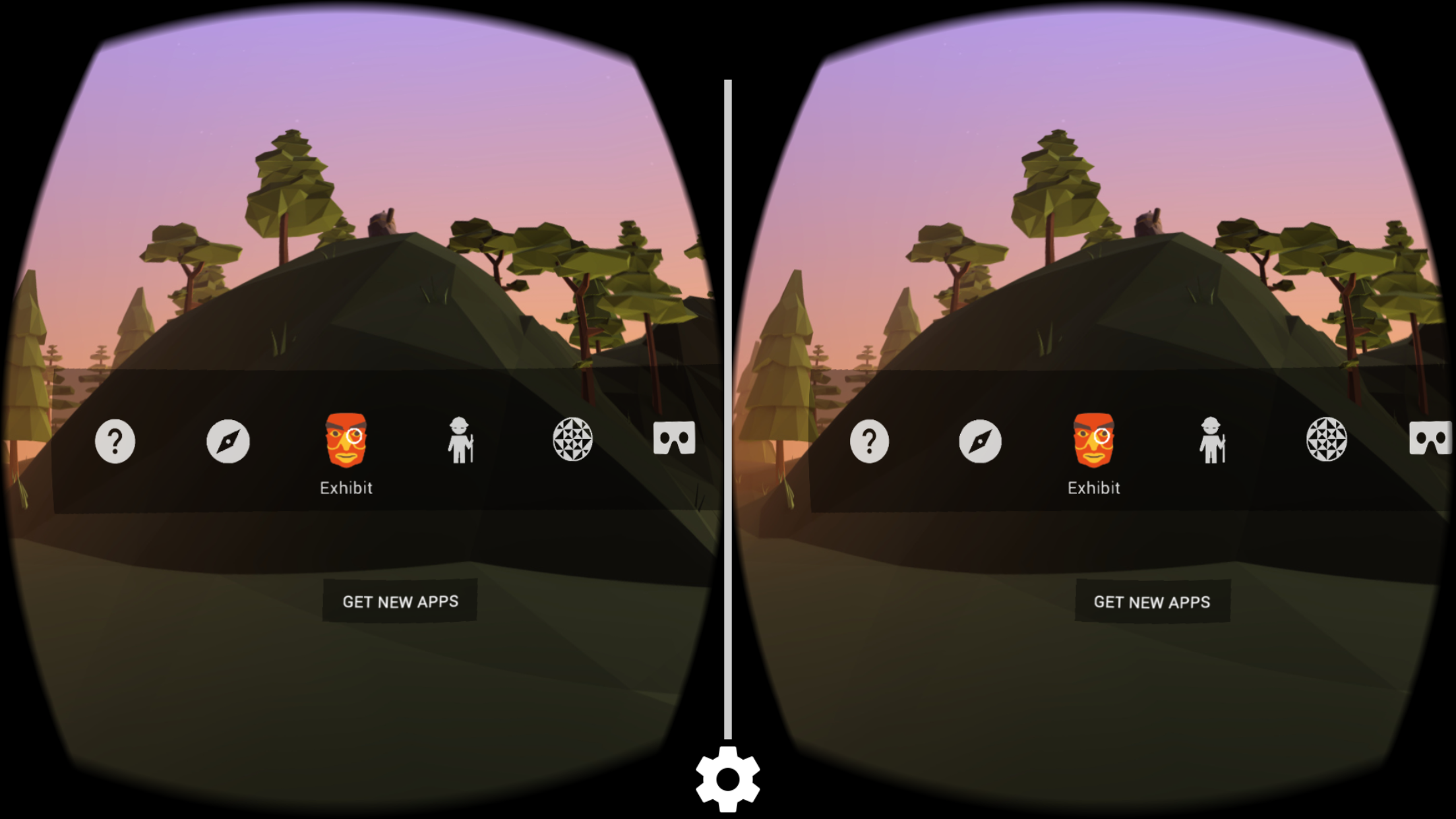Rad AR Apps and Reputation Management!
 |
Education:
Schools are really advancing and becoming more technological every year, so it makes sense for some to incorporate AR in the classroom. Edudemic wrote a great article on how AR can be used for education. In this article it mentions several projects an educator can you to bring AR into their classes, an example is Project Glass. Project Glass is a way to integrate Google Glass into lessons and activities. The Google Glass you can have them do a scavenger hunt, find other classmates, and learn about their surroundings in or outside the class.
Edudemic also explains MITAR Games is a project that engages students in simulations that use real world experiences. They have found that is perfect to use for large scale environmental engineering studies and providing an authentic mode of scientific investigation.
 Another cool activity students can use AR for is star gazing. The app Star Walk allows users to point their phones at the sky and see thousands of stars and constellations. I actually used this app a lot when it first came out because I was fascinated with space and I thought it was amazing that we could just find all the stars through our phones. Edudemic also mentions Second Life, an AR game you can play on the computer that many teachers used to have students in groups and such. I never heard of Second Life being used for that but I think it's a pretty awesome idea.
Another cool activity students can use AR for is star gazing. The app Star Walk allows users to point their phones at the sky and see thousands of stars and constellations. I actually used this app a lot when it first came out because I was fascinated with space and I thought it was amazing that we could just find all the stars through our phones. Edudemic also mentions Second Life, an AR game you can play on the computer that many teachers used to have students in groups and such. I never heard of Second Life being used for that but I think it's a pretty awesome idea.The last thing Edudemic talks about is AR developmental labs. ARDL's are an amazing concept that brings virtual, 3D objects appear in the real world through devices like smart phones, tablets, smart boards, anything really. This would make class super interesting and fun to be in, trust me, no one would ever fall asleep when interacting with these.
In my class on Monday, my professor brought in a few targets that let you put 3D objects on them through the use of multiple different apps. It was very cool and I could imagine it being very popular in elementary schools.
One app my professor used was Zookazam, a really cool AR app that puts animals into classrooms. The Whiteboard Blog actually wrote a blog on this as well, and they explain the app and how to use it. Basically, you print or buy a target, and through the app you can select 1 of 40 animals to take a photo or video with students. I wish this existed when I was a kid because it's a basically a zoo in your pocket!
The last article I will be discussing is "How to Experience VR on your Iphone with Google Cardboard" by Macworld. Google Cardboard lets you strap your smartphone into a viewer then, through the viewer you can be put anywhere in the world with a 360 view. It's honestly one of the coolest things ever developed in the last few years. The article explains the concept of Google Cardboard and gives you prices and places to buy one, but many places just give them out for free. Macworld dives into greater detail about how it actually works and what differences there are in viewers. Its an interesting article that I suggest if you are interested in learning more about Google Cardboard. I think it's perfect for schools to use because you can give students a broader horizon and experiences.
That's it for AR apps and using them in educational settings. I will now be diving into the topic of reputation management on the internet.
Chapter seven of LOLOMG! by Matt Ivester is all about reputation management and the best ways to make sure your reputation is intact. In previous blogs I have talked about the importance of being a conscious content creator and the effect it can have on your life. Now I will be discussing Ivester's guide with seven steps that can help you manage your online reputation.
Step 1: Google yourself.
This seems kind of odd but you should know what pops up when others search your name. Ivester explains exactly how you need to search every 3 months and that you need to turn off your customized search results feature. After you fix your search features and you google yourself, you need should pay attention to the first page of results because most people only look at the first page. Also search yourself on other search engines like Bing or Yahoo. After you have done this you need to consider what you found and if it's acceptable. The best thing to do is ask a friend to go over the results and ask if an employer would hire you with those results.
Step 2: Clean up your accounts and content
Hopefully, you won't have much to clean if you are careful throughout your social media, but it never hurts to go through it incase. Best thing to do is read everything over, look through photos and videos, and remove anything that might perceive you wrong. You must remember that even if you deleted it, most sites archive every post ever made.
 Step 3: Update your privacy settings
Step 3: Update your privacy settingsThis is very important because if your content isn't appropriate for everyone the best thing to do is set it to private. Ivester mostly talks about Facebook and how you should go through your friends and unfriend them if you don't recognize them. He also talks about making circles and lists of friends to share specific content with.
Step 4: Ask for content to be removed
This step is about finding content you don't like or approve of and asking the poster to remove it. Depending on the site it can be hard to find contact information or to find out who the poster is. This can be an important step for those who have had a rough internet history and need to clean it up for employers. Most sites archive things so it might be difficult to ask for the removal of certain posts. You need to remember most sites have a Terms & Conditions and it could be possible that your post can not be removed for a legal reason.
Step 5: Update and strengthen your passwords
Everyone always says to never give out your password and it's true because you never know what that person is thinking. Passwords that are used on important accounts should be changed at least every 6 months.
Step 6: Set up a Google alert for your name
I'll be honest and say I never knew you could make an alert for your name, but it's actually a genius thing to do. All you have to do is go here and fill in your information. This is incredibly useful if you are in an important position.
Step 7: Claim your name
It can be hard managing your reputation online if you have a common name, so in order to protect yourself you should claim your name on all popular social media platforms.
Those are the main steps to manage your reputation right now but in the long run you can always use legal options in cases like defamation. You can also bury bad content if you can't permanently removing it. You have to be careful because people will dig out bad parts of your past but as long as your proactive there shouldn't be a need to dig.
I highly recommend people of all ages to read this book because it's important to know these things in a digitally driven world.
Alright everyone that's it for this weeks blog, hope it was interesting and useful! Have a great week!


Comments
Post a Comment